Leaving behind the historical village of Baiona to start the longest stage of the Portuguese Coastal Camino. We will walk to Vigo, the most industrialized and most populated city in Galicia.
READ MORE
This stretch of the Camino has a
distance of 27.1 kilometers (16,8 miles)
but at a low difficulty level, so if the pilgrim wants to join forces before
starting and get refreshed, the fountain of O Pombal is a good alternative
before continuing to Sabarís.
We cross Sabarís through the Romanesque
bridge over the river Groba. On its shores we can contemplate a varied avifauna
and continue the Camino to reach Ramallosa. In this town we will also
have to cross a bridge with 10 arches, built on another one of Romanesque
origin, since the Miñor river flows into it, which gives life to the marshland
of the Foz del Río. Another symbol of the landscape wealth of this Jacobean Route.
On this point, the pilgrim can choose to
continue through the coastline
until Vigo or take the variant to Nigrán to reach the city of Pontevedra.
Continuing along the coast, the Camino crosses several very popular beaches
that are a great option to take a dip looking at the Cíes Islands. A panoramic
that we will not leave behind until we reach Vigo.
There are two options to enter the city. The traditional route crosses
the neighborhood of Coia to As Travesas, although this route is less
used today since the Camino has been hidden between the traffic and residential
areas. The other option is to cross Vigo along the riverside walk of the
Lagares river, along the avenues of Florida or Fragoso to also arrive at As
Travesas. From here, you will reach the Paseo de Alfonso XII, next to the olive
tree, symbol of the city and you will pass near the old San Sebastián Castle.
Here you can still see a section of the old entrance to the walled enclosure
that protected Vigo and that included the Falperra gate, next to the Rúa de
Santiago.
In this
Galician city, pilgrims can find all kinds of services, as well as multiple
leisure and tourism options. A recommended place to regain strength before
resuming the trip. While we are here, we should visit the area of A Pedra,
known for its wide oyster tasting selection, directly from the Vigo estuary.
Tips from our postmen and women
What to do and see in Vigo?

"Vigo is one of the main Spanish ports and a city with the perfect mix between tradition and modernity that deserves to be visited. On your way you will visit our best beaches such as Praia de Samil and Praia do Vao.
If possible, visit our great treasure that are the Cies Islands and if not, just enjoy our beautiful sunsets with the Cies in the background. For your free time I recommend walking through the port area and get lost in the streets of the Casco Vello where you will find a wide gastronomic variety and a formidable environment ".
Accommodations Baiona - Vigo
Image gallery
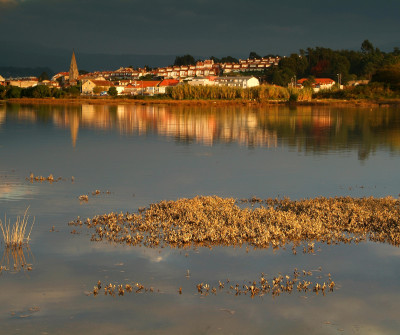
Camino Portugués por la Costa en su paso por A Ramallosa
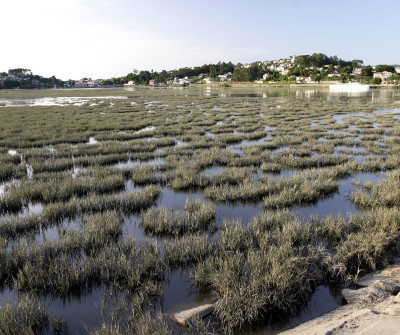
Estuario de A Ramallosa, Camino Portugués por la Costa
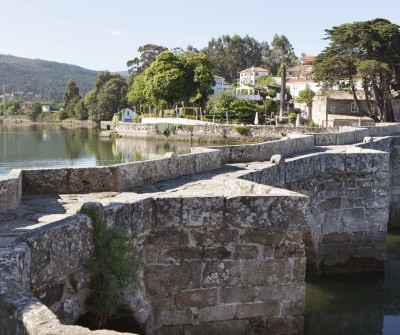
Puente de A Ramallosa, Camino Portugués por la Costa
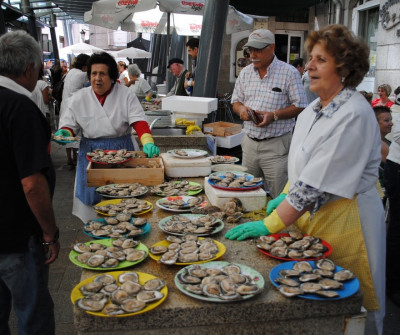
Calle de las Ostras, Vigo, Camino Portugués por la Costa
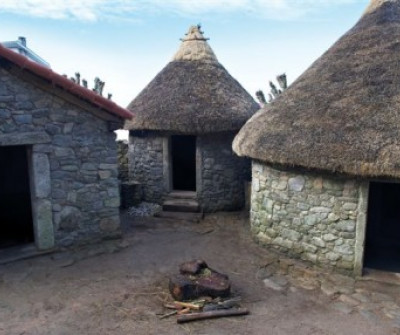
Castro en Vigo, Camino Portugués por la Costa
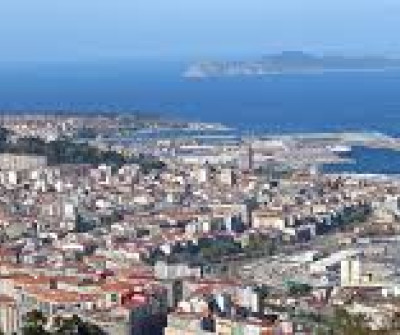
Vistas de la ciudad de Vigo desde el Camino Portugués por la Costa
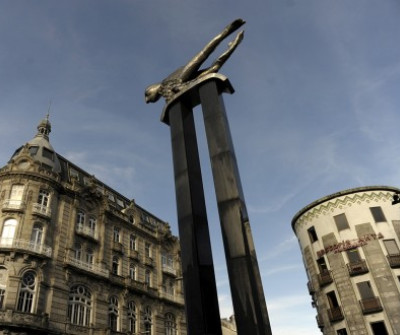
Escultura El Sireno, Camino Portugués por la Costa
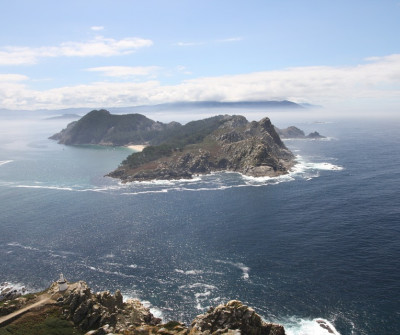


 Filter
Filter